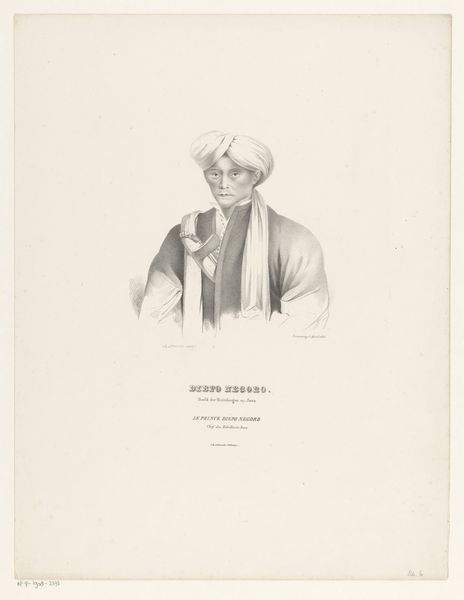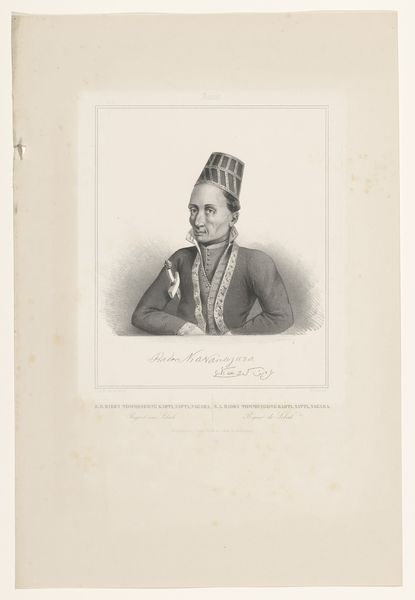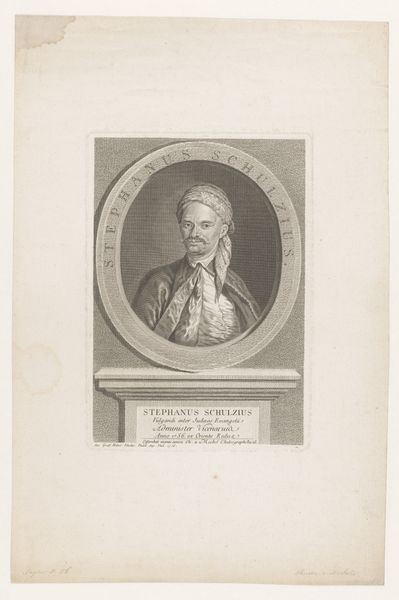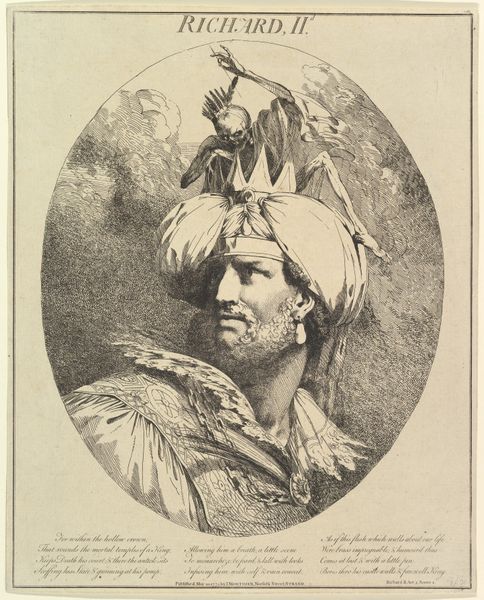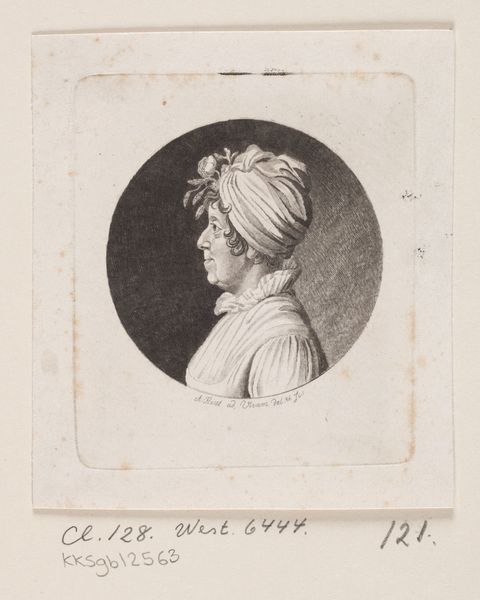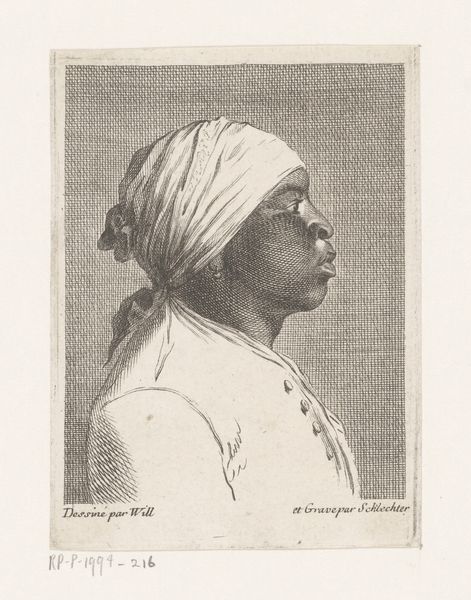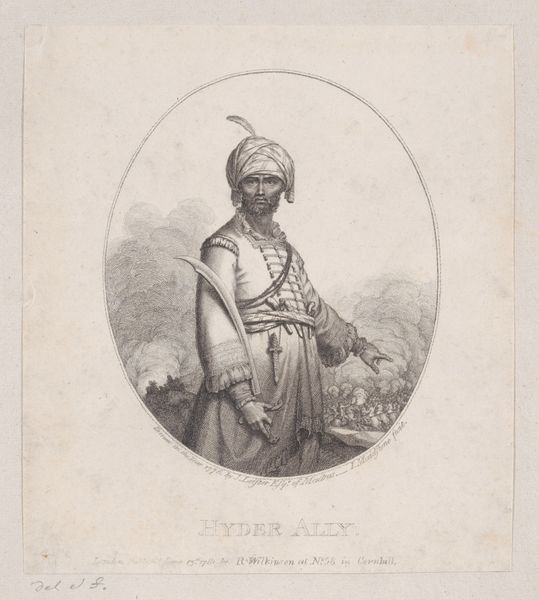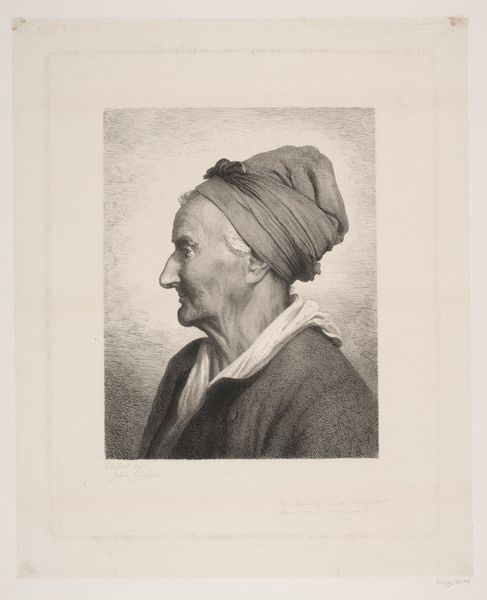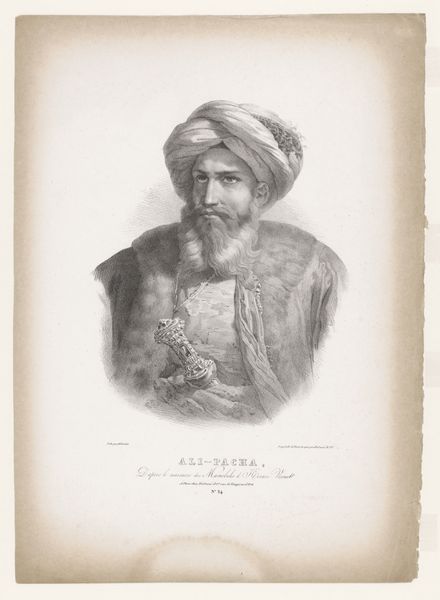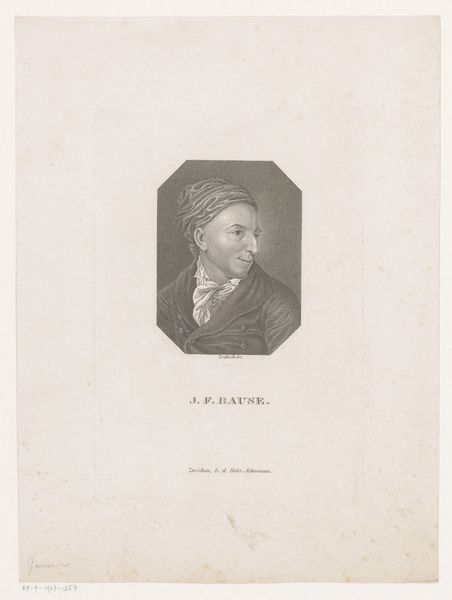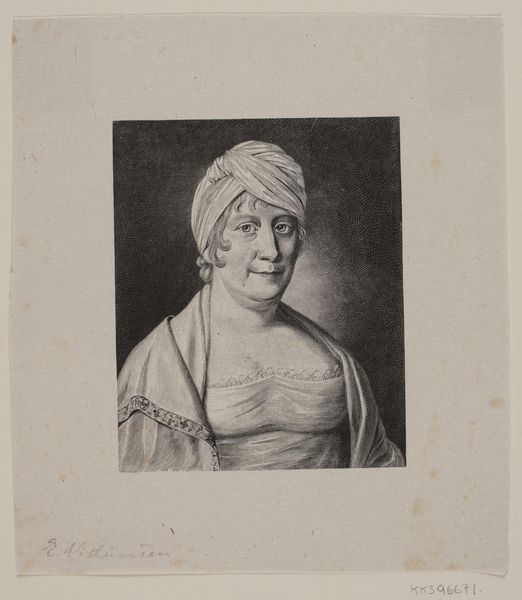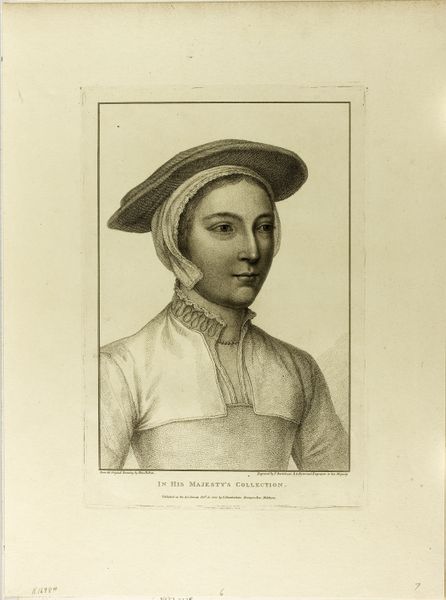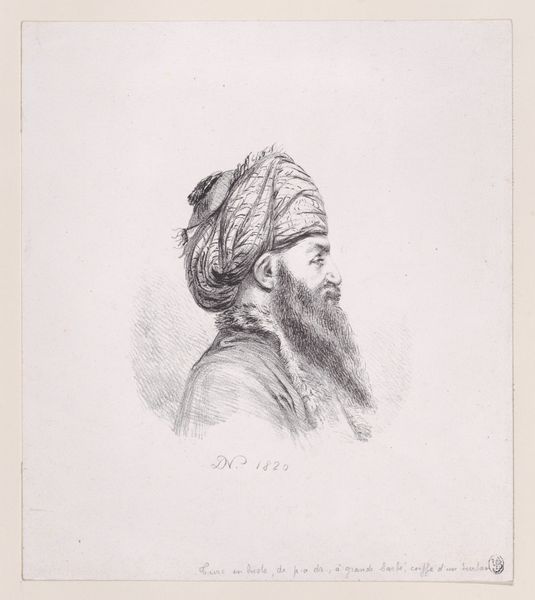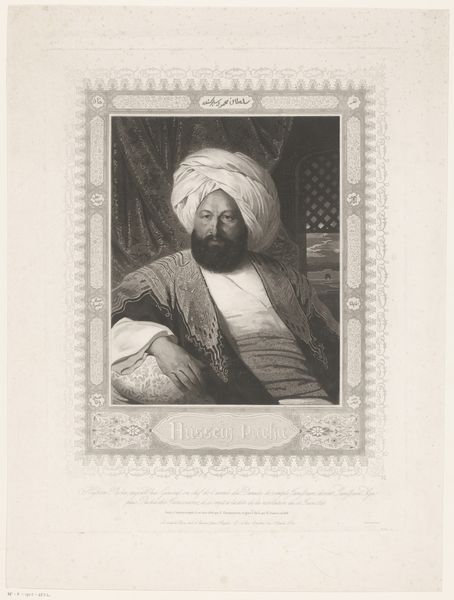
drawing
#
portrait
#
drawing
#
pencil drawing
#
geometric
#
15_18th-century
#
portrait drawing
#
history-painting
#
academic-art
#
realism
Dimensions: height 490 mm, width 350 mm
Copyright: Rijks Museum: Open Domain
Editor: This drawing, "Portret van Diponegoro" by Carel Christiaan Antony Last, dates back to 1835. It’s a strikingly realistic pencil portrait. The detail in his turban and sash is incredible, yet his face has a kind of weary dignity. What do you see in this piece, beyond just the superb draughtsmanship? Curator: Beyond the artistry, I see a fascinating dialogue between cultures and power dynamics encoded in the imagery. Consider Diponegoro himself. His white turban, the Kris dagger—each a potent symbol of Javanese leadership and resistance during the Dutch colonial period. What do these symbols communicate to you about his cultural identity and political stance? Editor: That he was someone important, a leader. The Kris especially looks significant – a weapon, but also ornate. Was it a kind of ceremonial object? Curator: Exactly! It represents power, heritage, and spirituality intertwined. Notice how Last, a Western artist, meticulously renders these Javanese symbols. Is it an act of documentation, admiration, or perhaps even appropriation? It opens up questions about how cultures perceive and represent one another. What emotions do you think the artist tried to evoke? Editor: Perhaps respect, but also maybe a sense of exoticism? It feels like a mix. Curator: Indeed. It speaks volumes about the complex relationship between colonizer and colonized, where symbols become battlegrounds for identity and historical narrative. Editor: I never thought about it that way, that even something as simple as a portrait could hold so much meaning about power and cultural exchange. Curator: Precisely. These images serve as enduring mirrors reflecting not just appearances, but also the intricate layers of historical consciousness.
Comments
No comments
Be the first to comment and join the conversation on the ultimate creative platform.
